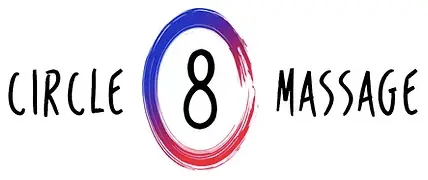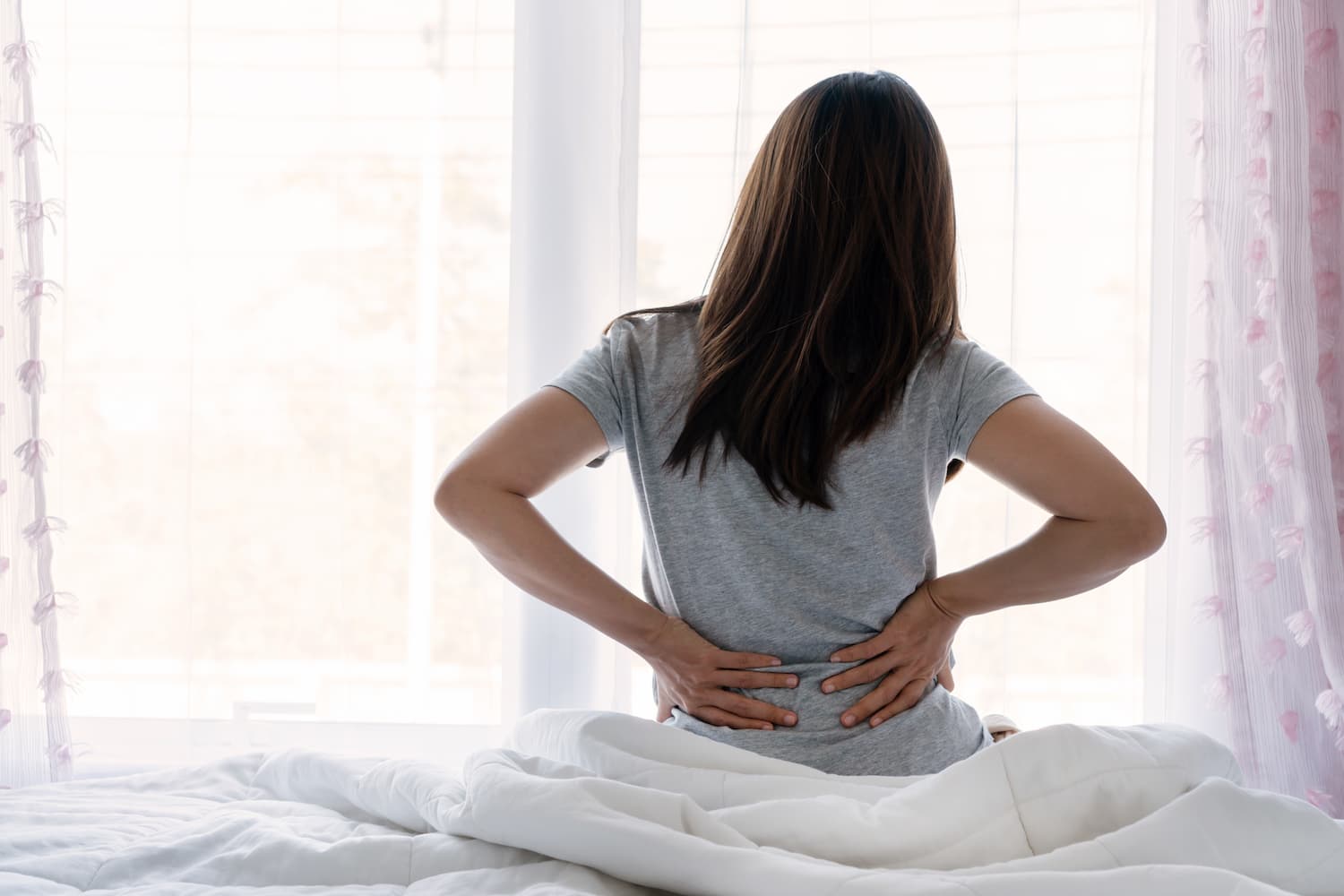Massage is a popular way to deal with aches and pains. There are many types of massage, including Swedish and deep tissue massage, used to reach deeper muscle tissues to relieve pain and muscle tension. Massage is also used to treat lower back pain, stiff neck, muscle tightness, and upper back pain.
Most of the time, patients enjoy a relaxing massage that provides the relief they need. However, when deep tissue massage is used, some patients may experience pain and discomfort during the massage and after.
You may have heard that a massage has to be painful in order to be beneficial. But is that true?
Should Massage Hurt?
The truth is that massage doesn’t have to be painful to be effective. When deep tissue massage methods are used, the massage therapist applies pressure and uses deep strokes to bring relief and healing to those areas. The body can be sensitive to this pressure, and sometimes it can feel painful. However, the pain should not go beyond being uncomfortable.
In addition, you should never experience bruising after a massage treatment. However, it does sometimes occur. This usually results from too much pressure being applied by the massage therapist. If you experience bruising in the next few days after a massage, be sure to let your massage therapist know.
And if you experience pain that is unusual or worse than normal, be sure to speak up. It’s OK to ask your massage therapist not to use so much pressure.
Why Do I Have Lower Back Pain After a Massage?
Inflammation in the lower back can cause pain after a deep tissue massage. This is not a normal occurrence. The causes for this pain can vary depending on the area that was treated and the reason for the massage. The pain can be caused by a poorly done massage where the therapist uses too much pressure.
So, it’s a good idea to check with your doctor about the injury and whether massage is a recommended treatment or not.
In other cases, the pain may result from an injury caused by deep tissue massage. This most often occurs in the back and neck areas. These are usually muscle injuries; however, they can also result from nerve damage.
If you experience lower back pain after a massage, it is possible your massage therapist went too deeply and quickly into the muscles and surrounding tissues.
Other Reasons for Experiencing Pain During & After a Massage
It can be normal to feel a bit sore after a massage. Massage may stimulate muscles that you haven’t used for a while, resulting in muscle soreness. The cause is inflammation due to the body healing.
Inflammation and soreness may develop in areas that require healing. This may happen in your neck; it may mean you have quite a bit of tension built up in that area. It can also result from working long hours at a desk or a computer.
Ways to Relieve Soreness
If you experience normal soreness after a massage, consider using the following methods for some relief.
1. Stay Hydrated
Drink plenty of water before and after your massage. Avoid drinking sugary, alcoholic, or caffeinated drinks.
In addition, you can choose to drink coconut water, fresh fruit juice, or herbal tea.
2. Use Heat
Heat therapy can help sore muscles to relax and relieve pain. You may want to consider taking a warm shower or soaking in the tub for about 20 to 30 minutes. Adding mineral salts to the bath can also help ease sore muscles and tender areas.
Another option is to use a heating pad on painful areas for sessions up to 15 minutes long.
3. Topical Treatment
Another way to treat muscle soreness after a massage is to use a muscle rub or a topical pain relief gel/ointment. Follow the directions on the product when using a topical treatment.
These can be used after treating yourself with heat, but never apply these products before using a heating pad or other heat source.
4. Cold Therapy
You can also try applying cold therapy to sore muscles. Here again, apply the therapy for about 15 minutes for one session.
Cold therapy can be done with ice bags, frozen bags of vegetables, and more. Cold therapy is a great way to relieve soreness and inflammation.
How to Avoid Pain from Massage Therapy
Before you get a massage, it’s essential to make sure your massage therapist is a trained professional. Choose a licensed massage therapist. It may take some research but focus on licensed massage therapists to ensure you’re making an appointment with a professional.
When you see the massage therapist, let them know if you have an injury before they begin. Tell the massage therapist exactly where the injury is located and the condition of the injury. This information can help them use the proper massage techniques in that area for the best results possible. It’s also possible to search for a massage therapist who specialises in the type of injury you have.
During treatment, be sure to keep communication open with your therapist. Tell them if you are uncomfortable or experiencing too much pain. Ask them to ease off a bit.
When to Call the Doctor?
While some soreness is common during and after a massage, it should not last longer than a day or two. The pain should not keep you from moving normally. If you experience pain that has a major impact on your wellbeing, it’s best to call the doctor.
It is possible to suffer an injury during a massage. If you feel a sharp pain that feels like an injury during the massage, it’s best to stop the session immediately. Then call the doctor.
Summing It Up
Massage doesn’t have to hurt to be effective; however, it’s common to be somewhat sore after a massage. But the soreness should never keep you immobilised or be severe. If you experience this kind of pain, it’s best to call your doctor right away.
And during treatment, remember to communicate openly with your massage therapist. If they’re causing discomfort and pain, it’s OK to ask them to ease up on the pressure!







